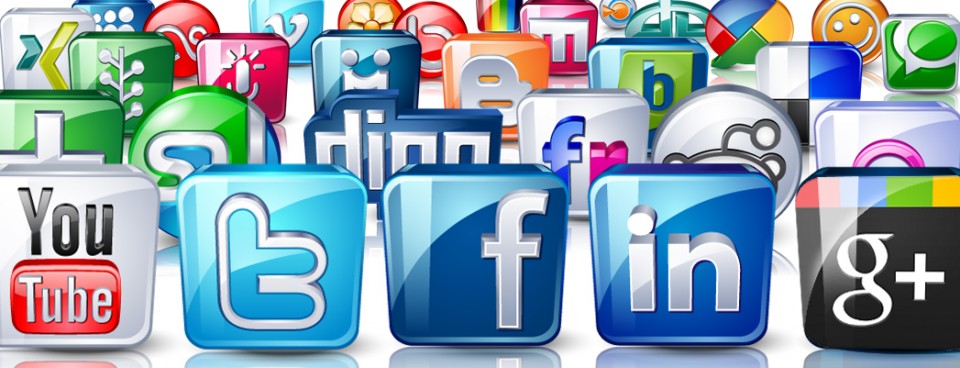Twitter's New Buy Button Ready to Shake Up Your World
In today’s digital-loving environment, it’s hard to find someone who doesn’t shop online. Retailers tempt with exclusive products, special deals and shipping incentives; and Cyber Monday is quickly on its way to taking over Black Friday, just about the biggest brick-and-mortar shopping day ever. So e-commerce has the world wrapped around its proverbial finger – but what about s-commerce? Yes, s-commerce, or social media commerce, is A Thing. Platforms like The Fancy (like a purchase-minded Pinterest) are in on the game, and Facebook started sussing out a Buy button in July. But people today move at a rapid-fire pace, and need something to keep up – enter Twitter’s new Buy button.
“We are beginning to test a new way for you to discover and buy products on Twitter,” the company announced last week. “This is an early step in our building functionality into Twitter to make shopping from mobile devices convenient and easy, hopefully even fun. Users will get access to offers and merchandise they can’t get anywhere else and act on them right in the Twitter app.” Already tested out by influential retailers, nonprofts and music acts including Burberry, The Nature Conservancy and Pharrell Williams, the “Buy” button works like it sounds – within the Twitter app, users can view a tweet offering a product. If they like what they see, they simply need to tap “Buy Now” to pull up more details, enter shipping and payment info and – done. Although results of the test run haven’t been provided, we at WOC think this will be a game-changer in terms of how brands do business on the Web – and on social media to boot. It’s a streamlined and straightforward way to make a purchase, and it’s intuitive – it speaks to the ever-present need to get things done and get them done fast. Where networks like The Fancy and Facebook encourage browsing, Twitter’s buying feature works just like the platform itself – real-time and easily consumed on the go. This tool is in beta for just the elite members of the Twitterverse for the time being, but it doesn’t mean you can’t plan ahead. Brands with marketable goods and services are wise to start thinking about how they can leverage this for success once it’s available to all. Sure, clothes and music are a great fit for this, but ponder how you can step outside the box and be an early adopter in your industry. For hotels, for example, this feature could act as an excellent sales tool. When new seasonal packages or meetings promotions roll around, tweet them out with the option to buy. Booking directly isn’t supported (yet), but a Twitter follower could easily purchase a voucher and connect with you to arrange their visit. You could take it one step further and create a great first impression, as well as maybe secure a true social media evangelist – when Twitter-sourced fans check in, greet them with a special treat and a note encouraging them to tweet about their stay with a preset hashtag. Nonprofits could use “Buy Now” to sell event tickets and donations by creating buy amounts, then let people buy $5, $10, $20 and so on. Much easier to manage – and more likely to make people feel at ease – than a buy-with-hashtag situation. Or, for agencies or inidviduals touting thought leadership, you could peddle whitepapers and access to webinars reserved just for your loyal Twitter fans. Any brand could build excitement and high-quality followers by releasing regular specials on a certain day, too – people would quickly look forward to “Travel Deal Thursday” or “Webinar Wednesday.” Have you tried out s-commerce, or will you now that it’s becoming so easy? Talk to us about it @wrightoncomm. By Erica Schlesinger, Communications Strategist
















 Grant Wright
Grant Wright Corie Fiebiger
Corie Fiebiger
 Shae Geary
Shae Geary Phelan Riessen
Phelan Riessen Katrina Early
Katrina Early Hamish Marshall
Hamish Marshall